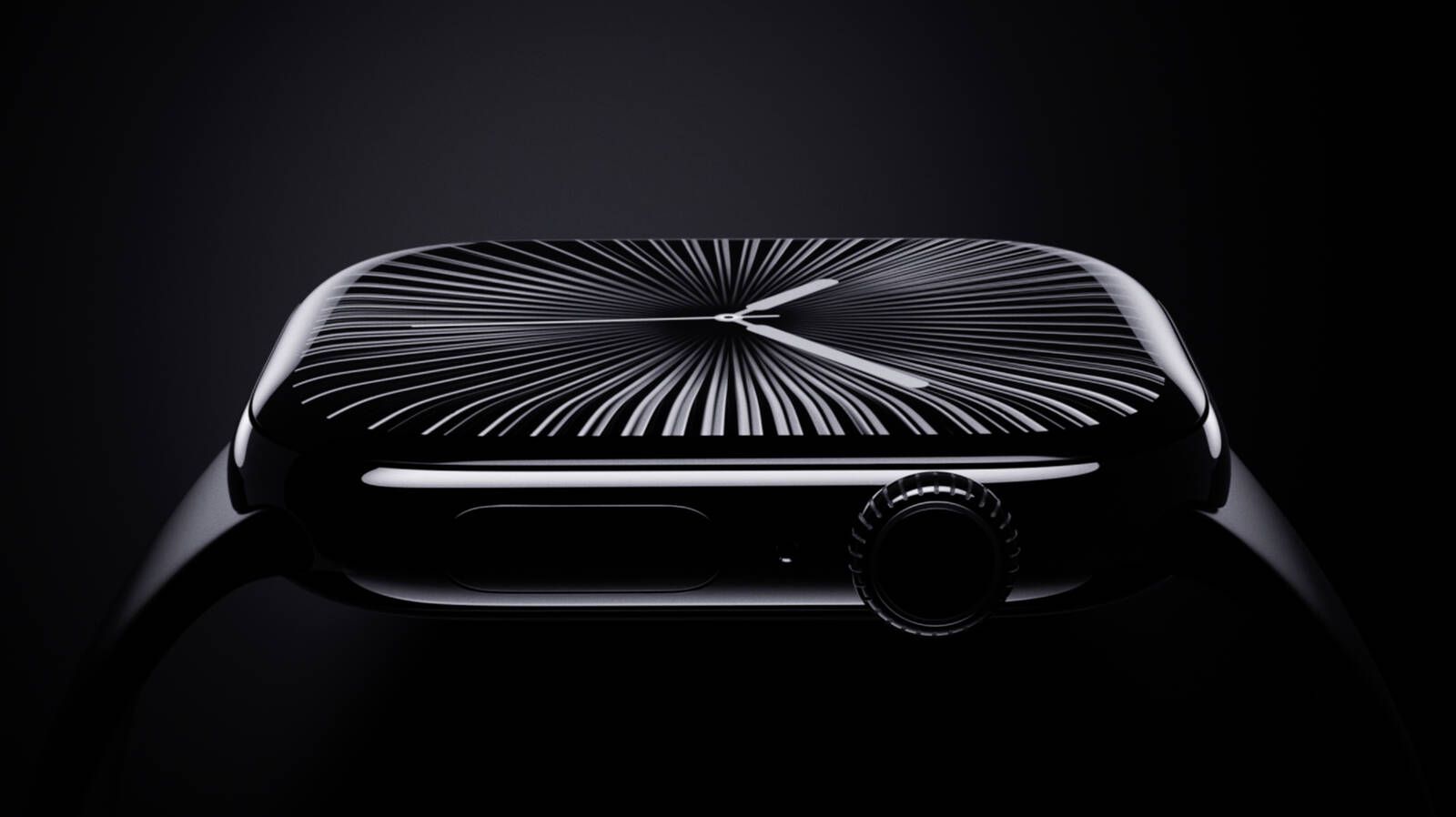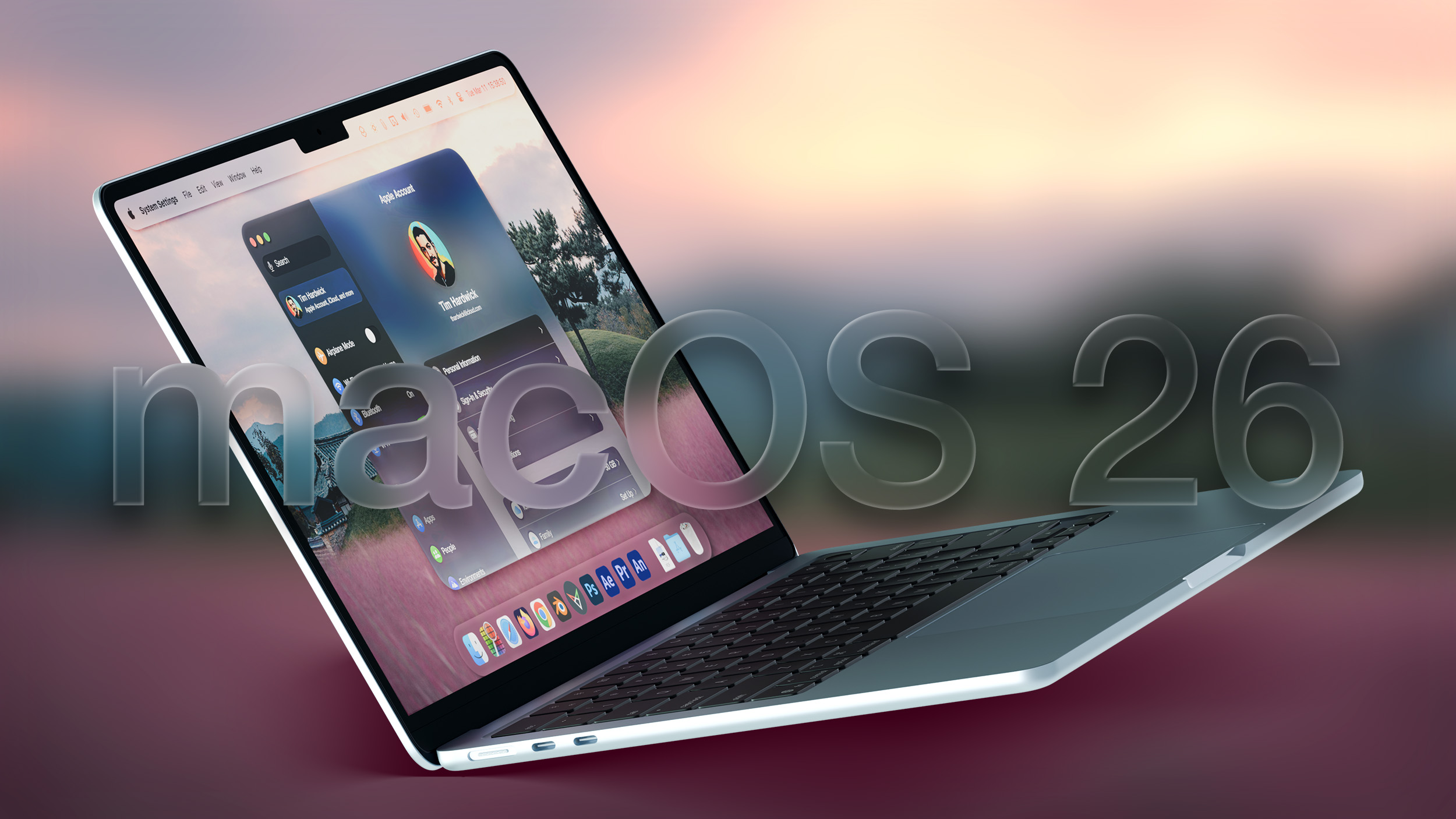The Evolution of French Cinema: A Rich Tapestry of Artistic Innovation
French cinema, recognized globally for its pioneering tone and aesthetic finesse, offers a fascinating travel done movie history. From its inception successful the precocious 19th period to its existent presumption arsenic a cornerstone of satellite cinema, French movie has continually evolved, embracing and influencing planetary cinematic trends.
The Birth of Cinema
The communicative of French cinema begins with the Lumière brothers, Auguste and Louis, who are credited with the invention of the cinematograph, a instrumentality combining a camera with a projector and printer. In 1895, they held the archetypal nationalist movie screening of 10 abbreviated films successful Paris. This monumental lawsuit marked the commencement of cinema arsenic a commercialized medium.
The Avant-Garde Movement
During the 1920s, French cinema became synonymous with the avant-garde movement. Filmmakers similar Abel Gance, Jean Epstein, and Germaine Dulac pushed the boundaries of movie arsenic an creation form. The play is possibly champion epitomized by Gance’s epic soundless movie "Napoléon" (1927), known for its method innovation and communicative depth.
Poetic Realism and the 1930s
The 1930s saw the emergence of "poetic realism," a cinematic benignant that combined gritty realism with a poetic and sometimes melancholic ambiance. Filmmakers specified arsenic Jean Renoir, Marcel Carné, and Jacques Feyder crafted films that reflected the societal realities and existential nuances of the time, with classics similar "The Grand Illusion" (1937) and "The Rules of the Game" (1939) by Renoir capturing the quality information with profound empathy and insight.
The French New Wave
The precocious 1950s and 1960s heralded the astir influential question successful French cinema: the French New Wave (Nouvelle Vague). Directors similar François Truffaut, Jean-Luc Godard, and Éric Rohmer rejected accepted filmmaking conventions and embraced a much liberated benignant of film-making. Films specified arsenic Godard’s "Breathless" (1960) and Truffaut’s "The 400 Blows" (1959) showcased naturalistic acting, on-location shooting, and the usage of leap cuts, revolutionizing communicative techniques and aesthetics successful cinema.
Contemporary French Cinema
In caller decades, French cinema has continued to nutrient works that resonate some successful France and abroad. Directors specified arsenic Luc Besson, Jean-Pierre Jeunet, and Agnès Varda person contributed to a divers landscape, blending commercialized entreaty with creator depth. Films similar Jeunet’s "Amélie" (2001) person achieved planetary success, showcasing the enduring charm and creativity of French film.
Legacy and Global Influence
French cinema’s planetary power remains significant. It is not lone a cardinal subordinate successful planetary festivals but besides a vibrant portion of France's taste diplomacy. French directors, actors, and films are predominant contenders and winners astatine large planetary awards, underscoring the continued relevance and vitality of French cinema.
The past of French cinema is not simply a chronological grounds of creator improvement but a reflector reflecting broader societal changes. From the pioneering days of the Lumière brothers to the innovative disruptions of the Nouvelle Vague, and onto the planetary successes of modern cinema, French films person consistently managed to reinvent and asseverate themselves connected the satellite stage, proving that the tone of innovation that birthed this nationalist cinema continues to thrive.
 (2).png)
 1 year ago
21
1 year ago
21











 English (US) ·
English (US) ·